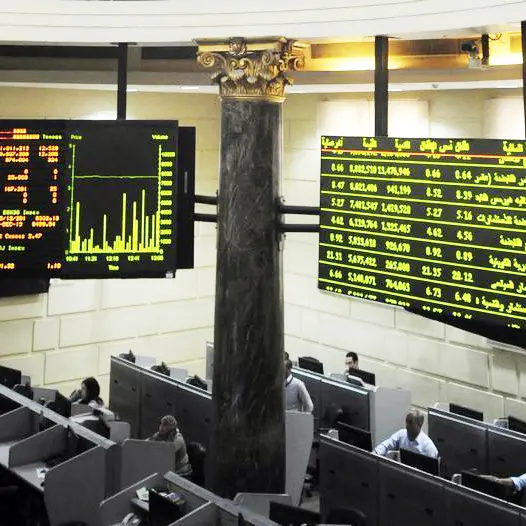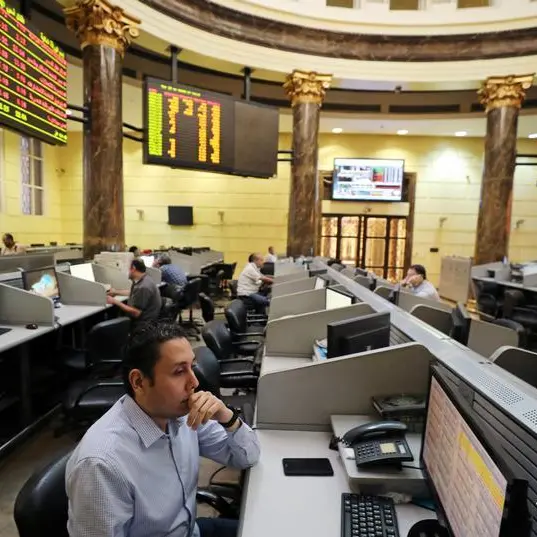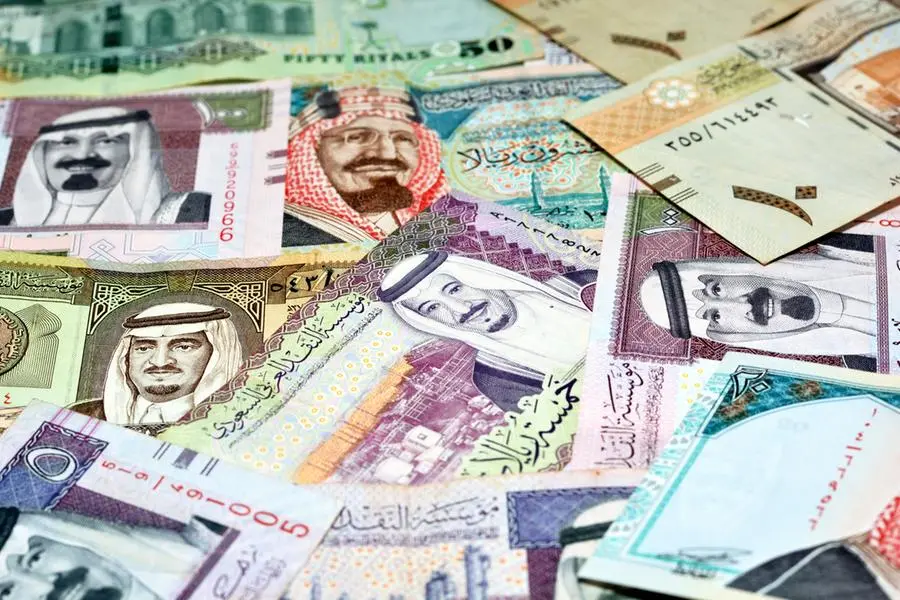PHOTO
Image used for illustrative purpose. Getty Images
The financial markets in Kenya have witnessed a surge in interest and participation within the past decade. One popular investment vehicle that has arrived on the market is Exchange Traded Funds (ETFs), which offers a relatively low-risk investment opportunity. What this provides investors with is an opportunity to diversify their portfolios without a need for large capital.
How ETFs penetrated the Kenyan financial market
Since their inception in the early 1990s, ETFs have gained traction globally. These are investment funds which are traded on stock exchanges similarly to individual stocks. For investors, ETFs are appealing since they allow them to buy a collection of assets in one transaction, including stocks, bonds, and commodities.
The main characteristics of ETFs that has made them so popular are their ability to provide diversification, liquidity, and lower fees compared to mutual funds.
The concept of ETFs in Kenya is still fairly new, but among investors it is quickly gaining popularity. The first ETF was introduced to the Kenyan market in 2017 by the Nairobi Securities Exchange (NSE). This first ETF was a NewGold ETF backed by physical gold.
Introducing this ETF to the market became a pivotal moment for the financial market in Kenya, since it paved the way for a new avenue for investors to invest in gold without the complexities of owning physical gold.
Growth and performance of ETFs in Kenya
Since NewGold ETF was launched, there has been a gradual increase in ETF trading volumes on the Kenyan market. According to the Capital Market Authority (CMA), the value of assets under management (AUM) for ETFs in Kenya grew by 18 percent in 2022, which is a growth that can be attributed to the increasing awareness among investors in Kenya about the benefits of ETFs, in addition to the growing appetite for diversified investment options.
The NewGold ETF, which still remains the only ETF listed on the NSE, continues to show a strong performance, reflecting the global gold prices. Since the beginning of 2024, the share price has gained 26 percent on the price valuation. This increase in value is driven by rising global demand for gold, as it for many investors is perceived as a safe-haven asset during economic uncertainties. This growing performance of the NewGold ETF has caught the attention from institutional and retail investors in Kenya.
The key drivers pushing the ETF growth in KenyaThere are several factors which combined is what pushes the ETF growth in Kenya. Firstly, the potential for diversification is appealing, as it allows investors to spread their risk across various assets. This reduces the impact of poor performance from one single asset.
Due to the volatile nature of local markets, this diversification option is especially attractive to Kenyan investors. If ETFs are compared to mutual funds, ETFs in general have lower management fees. Such cost advantage is attractive to cost-conscious investors, who wants to invest in efficient ways.
The possibility for liquidity is also appealing to investors. ETFs are traded on the NSE like stocks, which provides investors with flexibility to buy and sell holdings at market prices during trading hours. For investors who might need access to their funds quickly, liquidity is a key advantage.
Lastly, ETFs provide access to global markets. The NewGold ETF is exposing Kenyan investors to global gold prices. This allows investors to hedge against local currency risks, while benefiting from global market trends.
The ETF market in Kenya is facing some challenges
The positive growth trajectory is undeniable in Kenya. However, the ETF market in Kenya is facing some challenges, which could hinder the expansion of the market.
As of 2024, NewGold ETF is still the only ETF which is listed on the NSE. With this limited product offering, there is no variety in ETF products for investors, which does impact on the overall appeal of the market. Furthermore, a significant portion of the Kenyan population is still unfamiliar with ETF, despite awareness about ETFs is growing. Lack of knowledge is a major barrier to entry for potential investors.
The ETF market is still experiencing some regulatory hurdles. Since the ETF market in Kenya still only contains one listed ETF, the regulatory environment is also still evolving.
The CMA has made attempts to create a conducive environment for ETFs. However, more is needed to streamline the approval process for new ETF products, while also ensuring investor protection. Lastly, the market is also facing a problem with market liquidity. Even through ETFs are known for their liquidity, the low trading volumes in the NSE can make it difficult for investors to execute larger trades without impacting prices.
The future of ETFs in Kenya
Although there are current challenges to the ETF market in Kenya, the future of ETFs in the country seems promising. Both the NSE and CMA have expressed commitment to expanding the ETF market, including plans for introducing more diversified ETFs, including local indices, bonds, and sector-specific indices.
There is also a push to increase investor education and awareness through targeted marketing campaigns, which could help make more people knowledgeable about ETFs and attract more investors.
© Copyright 2022 Nation Media Group. All Rights Reserved. Provided by SyndiGate Media Inc. (Syndigate.info).





















